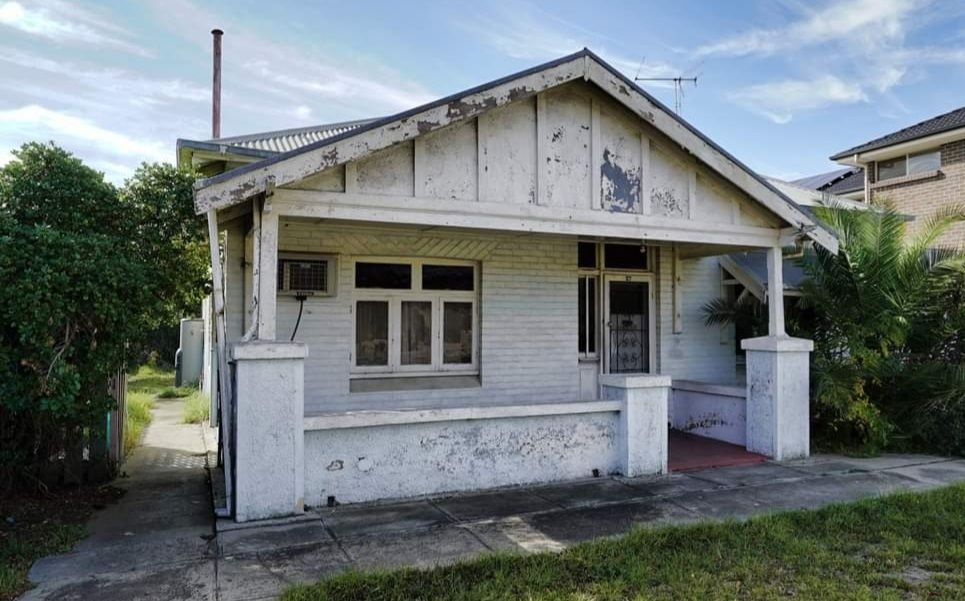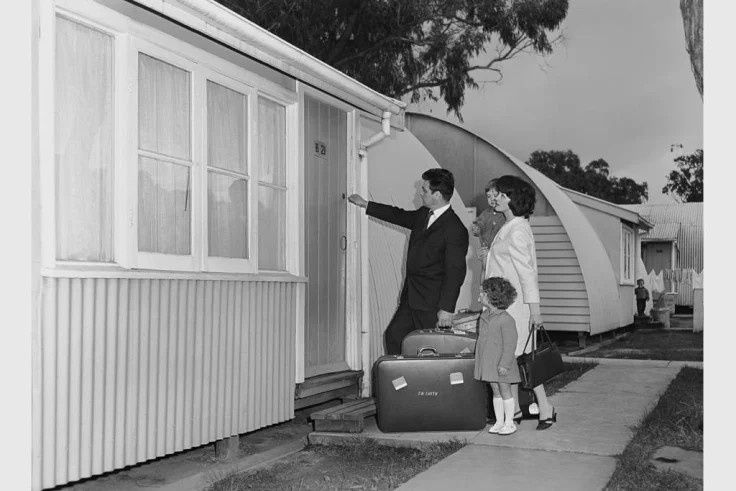Housing Shortage Is Not New

Over at the Heidelberg Historical Society, Dr. Janine Rizzetti trawls through the Society's collection of old, brittle newspaper originals.
She also searches Trove for digitalised records of yesteryear to produce a regular "100 years ago" column.
In the June 2023 edition of the Heidelberg Historian is this example that nothing is new if you look at our history -
"From the Heidelberg Historian, the newsletter of the Heidelberg Historical Society.
June 2023 edition
(Author - Dr. Janine Rizzetti, 100 Years Ago, re post WW1 housing shortages)
"Despite the loss of life during WWI, the post-war years
were a time of expansion with a new emphasis on housing
and planning issues.
It was estimated that 12,000 houses were still required in Melbourne, despite the 8400 new houses erected during 1922.
It was considered that the breakdown of the apprentice system was largely to blame for the dearth of skilled labour, and the electrification of the railway system had prompted development in areas like Rosanna and Greensborough."
So, only some 45% of the estimated Melbourne housing shortage in that year was built in 1922.
It is worth recalling that social standards re living arrangements were much different in that era.
People tended to remain living in their parent's house while single. Even when married it was common to live "at home" until the new family home was purchased.

Not for them the flats, apartments, townhouses, units etc that abound today.
In Adelaide's suburbs (with which I am more familiar) the front verandahs of California bungalows were commonly converted to "sleep outs", occupied by the eldest son. Rolled down striped canvas blinds on two sides, a gents wardrobe and a curtain on a rod closing the end by the front door.

There were exceptions of course - young teachers "boarded", nurses lived in hospital provided nurses quarters, many employers provided accommodation to key employees.
Think of the railways, police stations, banks, PMG Dept., churches, schools that all made tied housing available to their various local "managers".
Not just in the country, but in the suburbs when there once were truly local services.
"Taking boarders" was a very practical step for the owners of those "large family homes" (3 bedrooms !!!) when a bedroom became spare as children left home.
Not as likely to be the case nowadays when so many live in smaller homes to start with.
A generation later than the 1920s referred to above, southern European migrants would come to live with only recently arrived relatives - stories abound of young men living in converted backyard sheds, verandahs and even upgraded fowl sheds!
How ironic that many of those Italian bricklayers, tilers and concreters lived in tin sheds while building cream brick triple fronted bungalows for A. V. Jennings and other project developers.

Other migrants lived in Nissen huts after arriving as £10 Poms - the promised housing estates were still paddocks.
Current newspaper reporting highlights that mortgage sizes, rising interest rates or rental price hikes are causing independently living adults to move back to live with Mum & Dad.
This is portrayed as some modern aberration to the natural order of things.
Perhaps a longer scan of history would reveal the aberration has been the era when young people with short employment records and even shorter savings histories have been able to secure huge mortgages with small deposits, and at low interest rates, to purchase McMansions.
Australia has long had a very high percentage of home ownership compared to renters.
The "lucky country" might be retreating toward some Western economies or developed world norms.
Tough on those suffering economic hardship, daunting for those seeing dreams turn to nightmares.
Easier to make a case that the fault lies collectively with the lending institutions, the economy managers, the building industry, the advertisers and influencers rather than the unfortunates sitting at the kitchen table reworking household budgets.
This is not to pour scorn on those who are by and large victims of a defective system.
It is to point to the reality that there have been repeated failings of economies, of industries, of "gubments" over the past century at least.
What does appear different is the belief of those used to instant gratification, decades of full employment, high participation rates, low inflation and low interest regimes that "the gubment" owes them a soft landing and a bailout, and be quick about it.
Member discussion